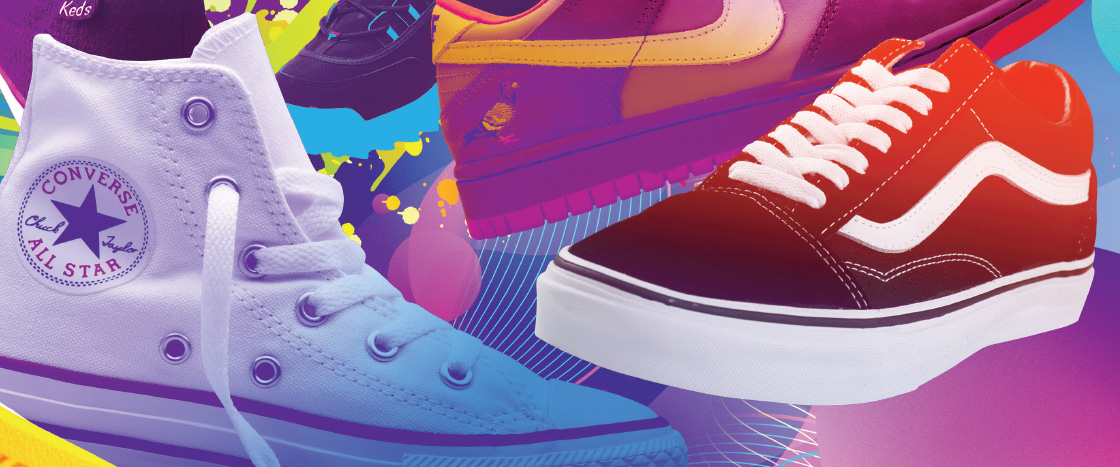A basketball player dashes down the court. A runner sprints across the finish line. A kid like you strolls outside on their way to the park. What do these people have in common? They’re all probably wearing sneakers!
Today millions of people of all ages wear these comfortable shoes. You can find sneakers specially designed for every sort of activity in all kinds of fun, colorful styles.
It wasn’t always this way. The first sneakers were created more than 100 years ago. They looked a lot different from the sneakers on your feet today. Over time, engineers have improved the design of sneakers to make them faster, lighter—and cooler looking too!
A basketball player dashes down the court. A runner sprints across the finish line. A kid like you strolls to the park. What do these people have in common? They’re all likely wearing sneakers!
The shoes are amazingly comfy. That’s why today millions of people of all ages wear them. You can find sneakers made for every sort of activity. They come in all kinds of fun, colorful styles.
But it wasn’t always this way. The first sneakers were made more than 100 years ago. They looked a lot different from the ones on your feet today. Engineers worked to improve the design of sneakers over time. They’ve made them faster and lighter. They’re cooler looking too!

